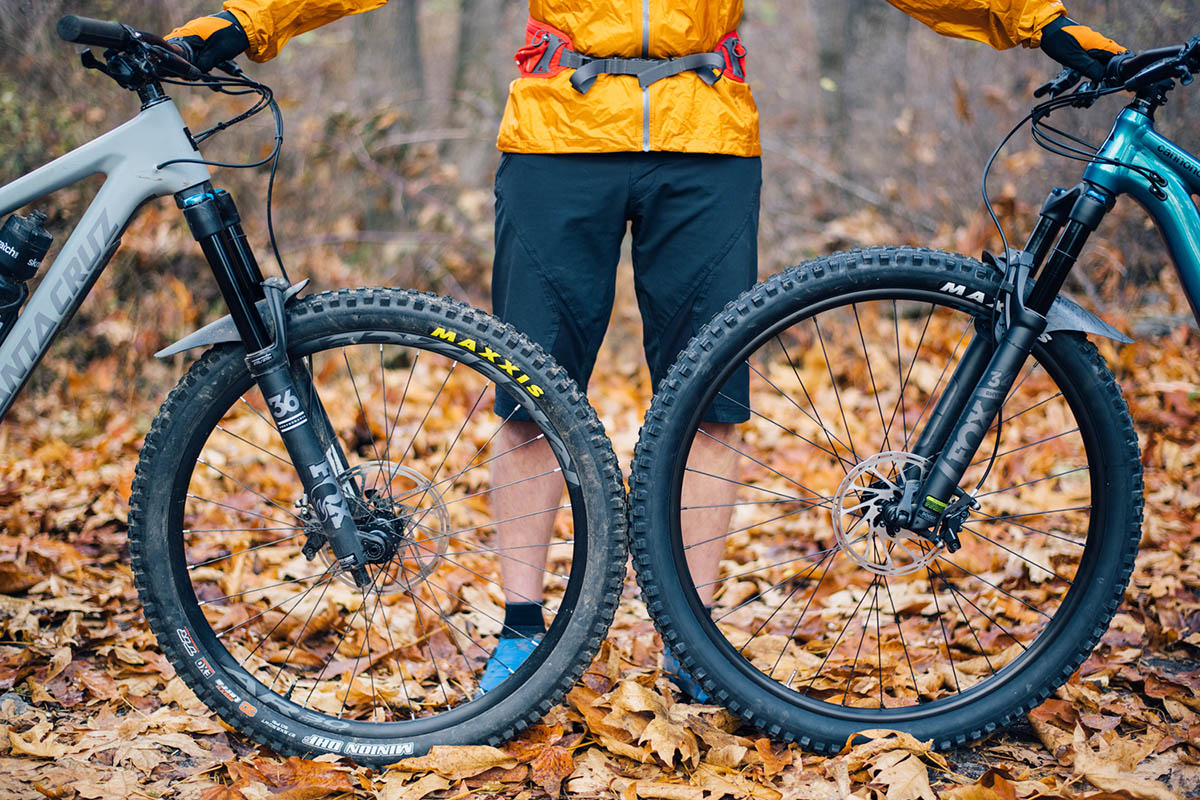
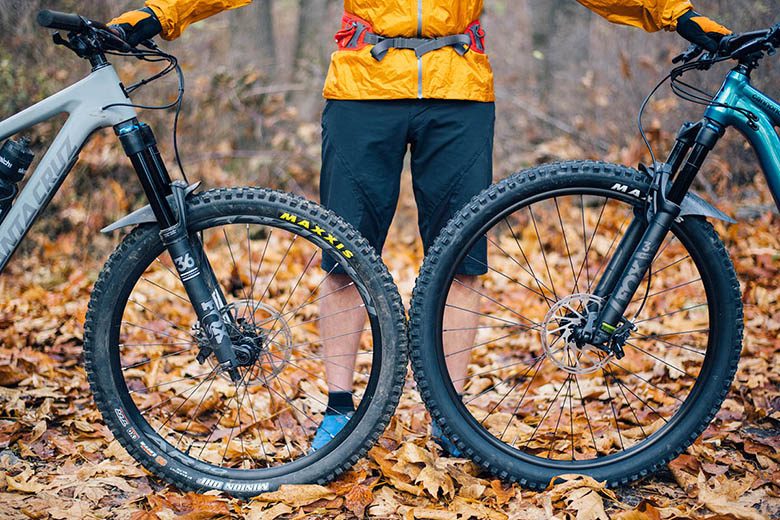
Switchback Travel (Jason Hummel)
Not long ago, mountain bikers didn’t have a choice when it came to wheel sizes—26 inches was pretty much the only option. But once 29- and 27.5-inch wheels hit the market, the debate amongst bikers took off and has continued ever since. 29ers, once reserved for taller riders and cross-country racing, have since evolved to fit smaller frames, while 27.5 mountain bikes have never looked better for those with a playful riding style. So how do you decide what’s best for you? (All of the racks in our review of the best hitch bike racks will fit 29-inch wheels.) To help make the buying process easier, below we break down 27.5- and 29-inch wheels, including differences in ride experience and performance, as well as specific bike recommendations for both sizes. Once you've decided on a size, take a look at our team's advice on how much to spend on a mountain bike or jump right to our article covering the best trail mountain bikes.
Although 27.5-inch wheels are relatively new, they immediately gained traction within the world of mountain bikes by promising to be an effective middle ground between the old 26-inch norm and much larger 29ers. Bike manufacturers assured riders they’d be just as playful and easy to ride as smaller-wheeled bikes while maintaining the rollover characteristics of 29ers. There are certainly upsides to this “tweener” bike, but unfortunately it isn’t the holy grail of wheel sizes—we’re still searching for that—and comes with some inherent compromises.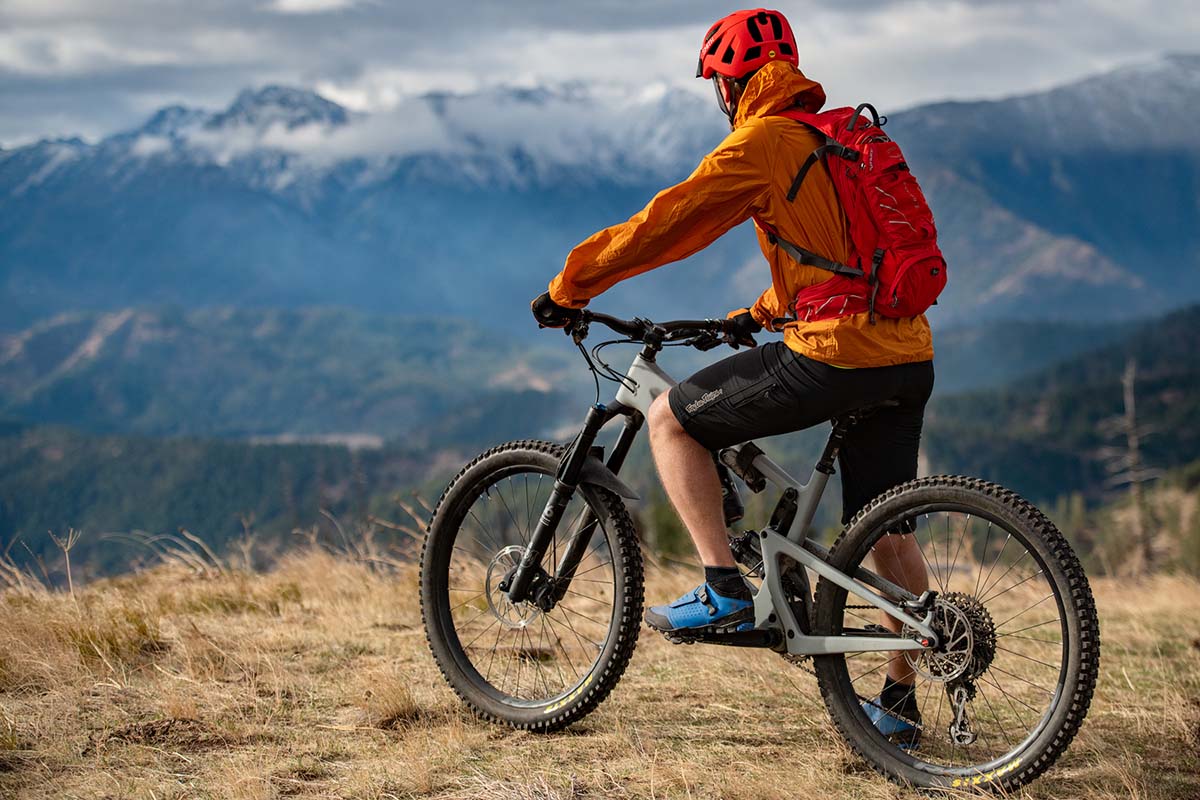
All other things being equal, bikes with 27.5-inch wheels are typically more manageable to ride than their 29-inch counterparts. Because of the smaller diameter, 27.5-inch wheels are easier to navigate through tight and tricky trails and respond to rider input more readily, which is especially true for smaller riders who might otherwise struggle to control larger (and generally heavier) 29ers. Further, because of their lower weight, 27.5-inch wheels will typically produce a more playful and energetic ride. You’ll likely hear riders describe them as more “fun” because they can change directions quickly, hopping from one side of the trail to the other with less effort.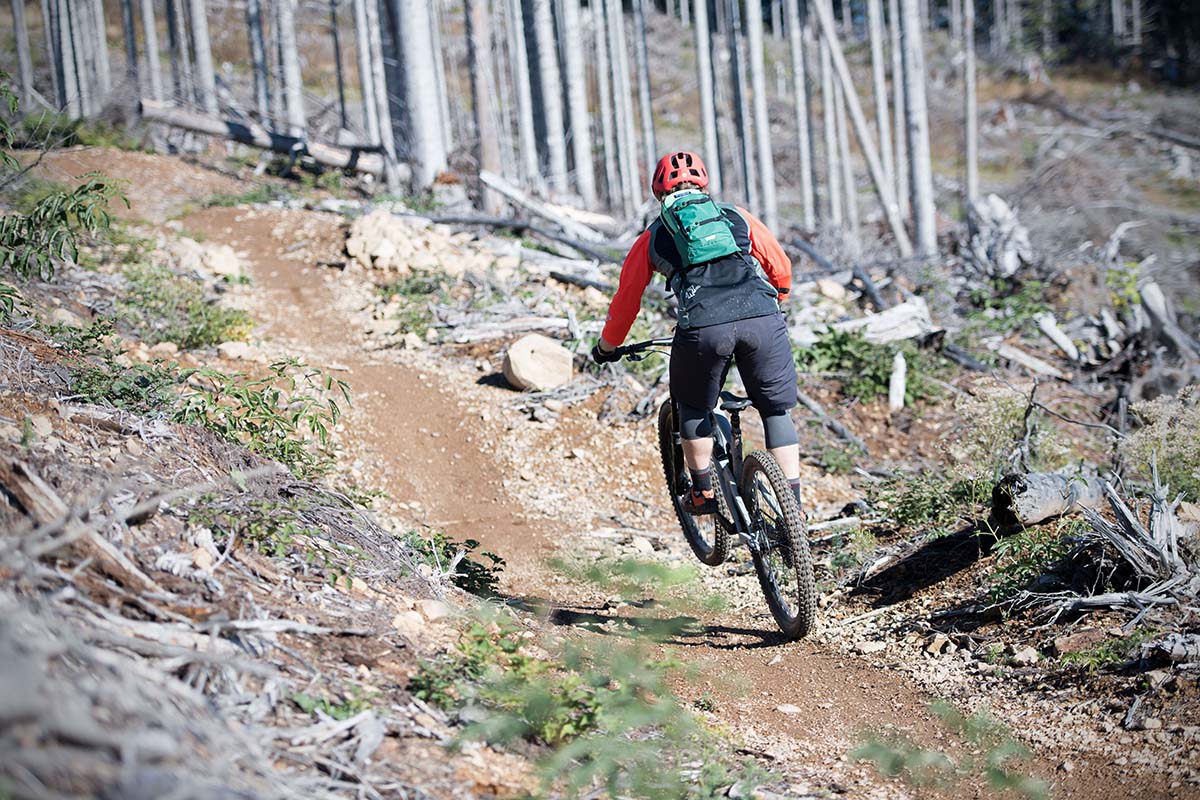
However, this playful demeanor comes with some compromises. First, 27.5 bikes don’t typically feel as stable at higher speeds (alternatively, this can be a perk for riders who are looking for a snappier ride). With a larger attack angle (the angle formed where the wheel meets a trail feature), 27.5-inch wheels also have a tendency to get hung up on obstacles easier than 29ers. To illustrate this, picture rolling a tennis ball down a sloped gravel path. It’s likely to bounce around erratically and get out of control quickly. Now, think about rolling a larger and heavier basketball down the same path. Because of the lower attack angle, it will roll down the path farther and much more smoothly without getting tossed around by the same obstacles. If you plan to frequent rough and rocky trails, this is definitely something to take into consideration.
27.5-inch wheels are typically quicker to accelerate when compared to 29ers, which is mainly a result of their lower weight that requires less effort to spin. This can be great if your local trails include a lot of slowing down and accelerating through tight turns and short uphill sections. As touched on above, 27.5 bikes will also perform well on winding trails (both flat and steep) where space is minimal. That said, 27.5-inch wheels will generally be slower in straightaways where 29ers are able to build and maintain momentum more easily.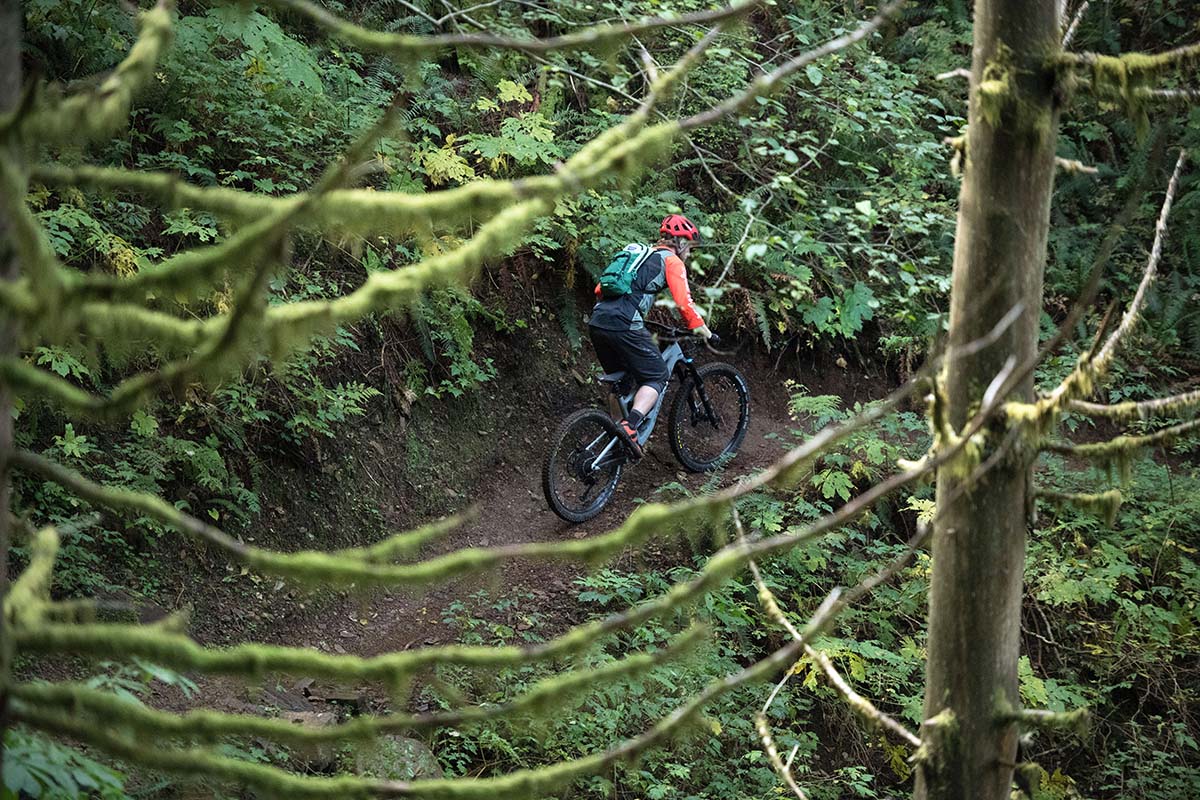
In terms of climbing, there are a lot of variables to consider. We find that 27.5-inch wheels tend to be better for short and punchy climbs that require quick turns and technical maneuvers. They will also be a bit lighter on climbs and deliver better acceleration overall. However, if you’re looking to instead ascend gravel roads or smooth, straight singletrack, then we give the nod to the 29er for its ability to maintain speed better.
There are plenty of great 27.5-inch mountain bikes across various price points that we think are worth considering. If you’re just starting out, it’s hard to beat the value of Co-op Cycles' DRT 1.1 ($599): its Shimano drivetrain, front suspension fork, and hydraulic disc brakes should meet the needs of most beginners. If you’re looking for something a bit more trail-worthy, we think Giant’s full-suspension Trance ($2,480) is a solid option and a strong value. Upping the budget even further can get you a versatile all-rounder like Canyon’s Spectral 7 ($3,299)—about as fun and playful as you can get while coming in hundreds of dollars cheaper than brick-and-mortar competitors. Finally, if money is no object or if you’re simply looking for one of the best bikes on the market, we wholeheartedly recommend Santa Cruz’s Nomad X01 ($8,449). Simply put, this all-mountain shredder will leave little to be desired and is ready to take on just about any trail.
29-inch wheels, otherwise known as 29ers, didn't cause much of a stir when they were launched two decades ago. Originally paired with short-travel, awkward-to-ride cross-country bikes, they soon became associated with mellow terrain. But now, years later, the landscape has drastically transformed and you can find 29ers on everything from recreational mountain bikes to all-mountain crushers. Predictably, they come with both benefits and drawbacks, but can be a nice alternative to 27.5-inch wheels.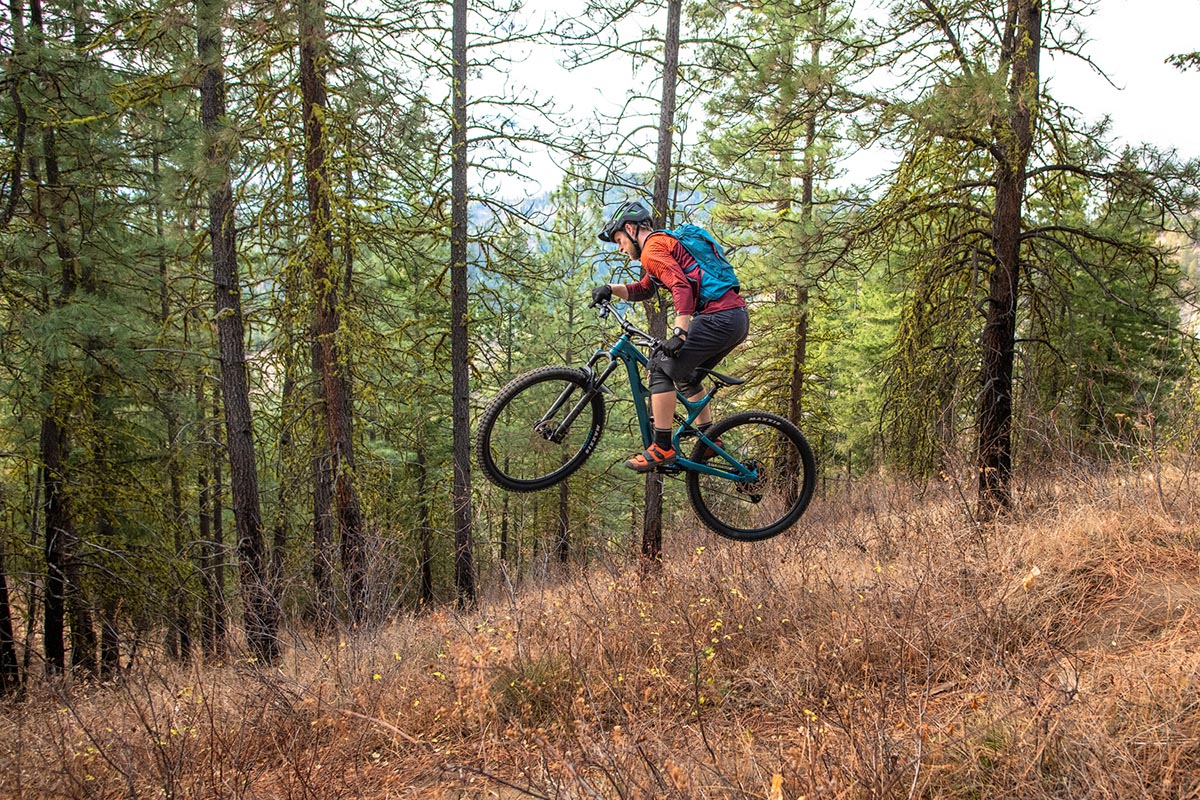
Largely because of their lower attack angle, 29ers roll over trail obstacles easier than 27.5-inch wheels. This translates to a slightly smoother ride and a bit less effort to keep the bike going. In fact, people will often equate 29ers to monster trucks, which is certainly a compliment when you’re staring down roots and rocks or slippery conditions. These characteristics also make for a bike that’s stable at speed and noticeably confidence-inspiring, especially on more technical singletrack.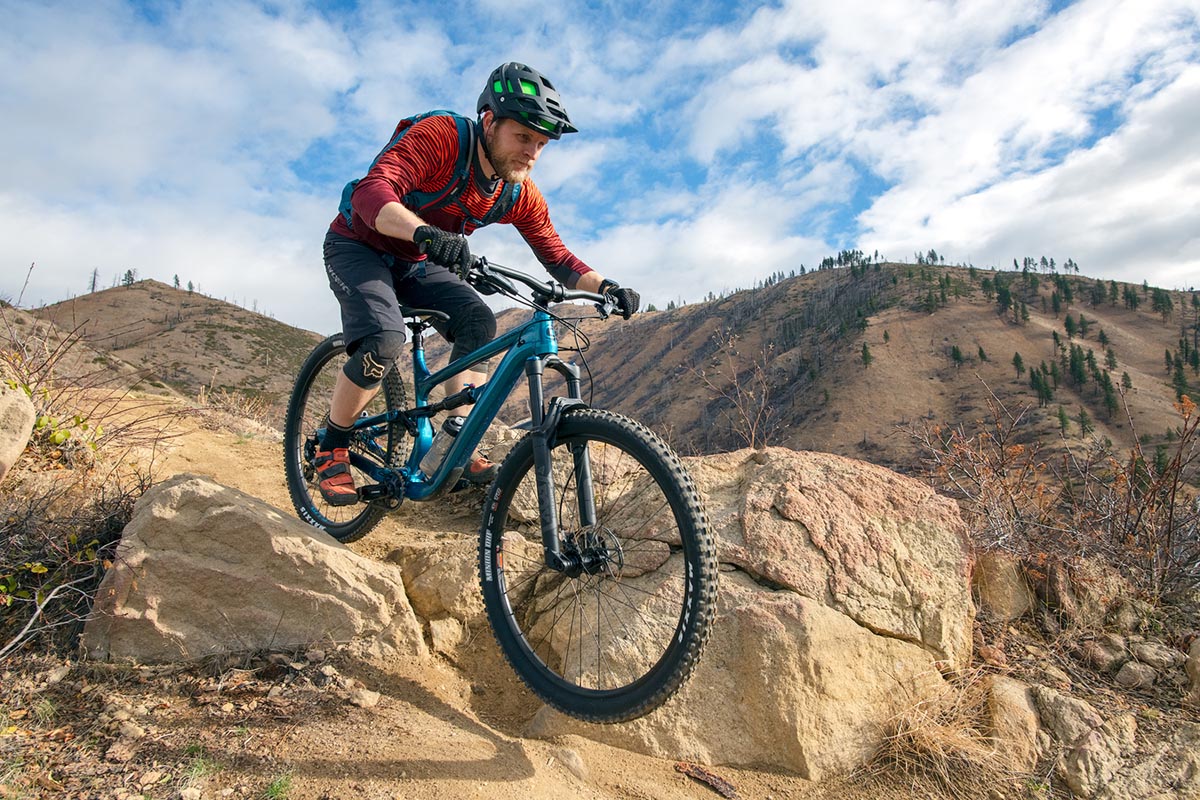
The added stability does come with some notable compromises, however. Due to their increased weight and size, 29ers can be more challenging to maneuver on tight and twisty trails, which is especially true for smaller riders who might find it difficult to wrangle their bike. Additionally, even though bike companies have gone to great lengths to ensure that 29ers can fit a wide range of heights, these rigs are nonetheless big. In the end, they can often be too much bike for many shorter riders (under 5’2” or so).
One of the most tangible performance benefits of 29-inch wheels is their ability to maintain momentum, which generally translates to higher speeds. This is especially true when a trail is mostly straight with few sharp turns to interrupt your flow. And we’re not just talking about the downhill sections—29ers also do a good job of keeping momentum on climbs (once you’ve built some speed, of course). A big part of this equation is traction: 29ers have a larger contact patch with the ground, which means more rubber touching the trail at any given point (most importantly, while climbing, taking corners, and braking). This might be perceptible to only the most discerning riders, but it’s why you’ll often see professional mountain bikers using 29-inch wheels.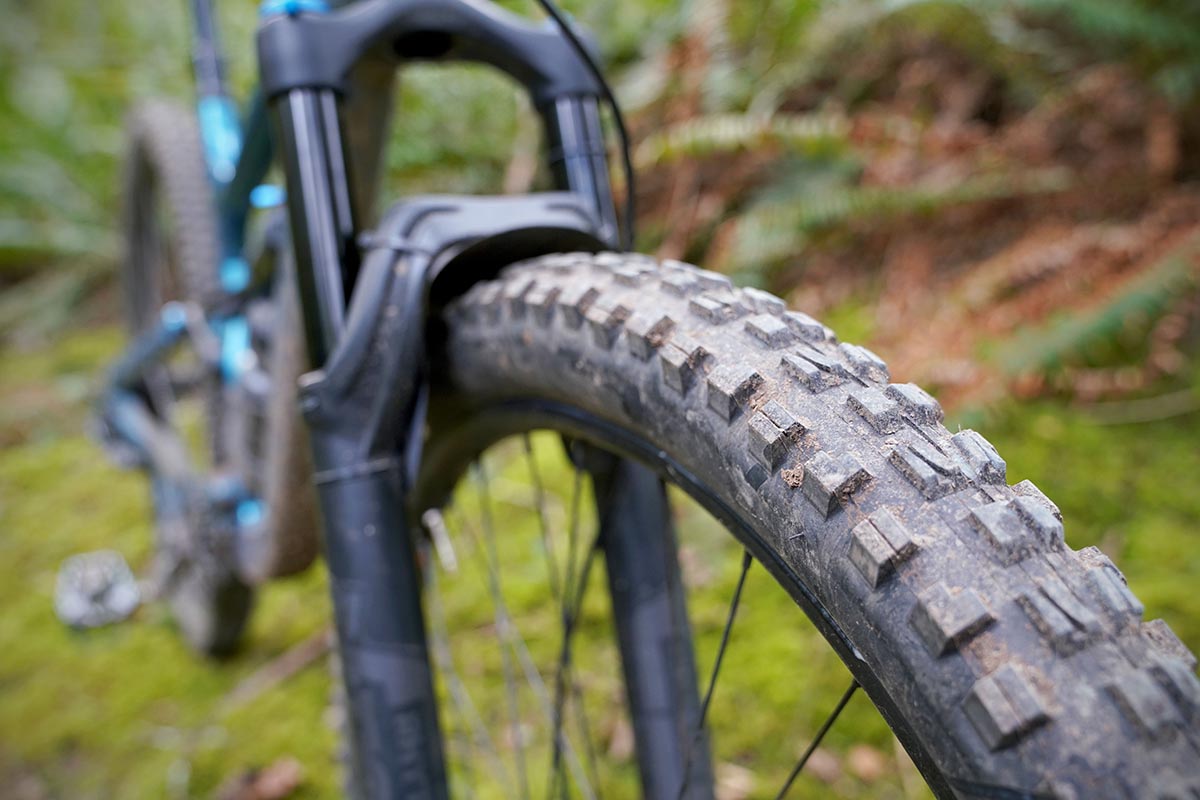
All that said, while 29ers are clearly adept at maintaining speed, they’re not great at building it. Simply put, a heavier object takes more effort to get moving and 29-inch wheels are no exception. Thus, while the allure of more speed might be enticing, if your trails include a lot of slowing down and accelerating, it might be worth looking into 27.5-inch wheels instead.
As with 27.5 bikes, there are a number of great 29ers at almost any price point. Those just starting out would be well-served with a bike like the Giant Talon 29 4 ($600), which has a 100-millimeter fork and Tektro disc brakes. If you’re looking for a more trail-ready, aggressive hardtail with quality components, we think the Santa Cruz Chameleon 29 D ($2,399) is worth a look. Moving up to a full-suspension option, the YT Jeffsy 29 Core 2 ($2,999) is a versatile and very capable companion at a fantastic price. And last but not least, if you’re interested in enduro racing, Yeti’s SB150 XO1 ($9,500) should be on your short list. While undeniably pricey, this carbon bike definitely won't hold you back.
A mullet bike (also referred to as mixed wheel bikes) is just what you may have imagined: A bike with a 29-inch wheel in the front but smaller, 27.5-inch wheel in the back. Mixing wheel sizes isn’t a new idea, but this setup has been gaining interest lately, as elite World Cup and Enduro World Series riders have started winning races on bikes with the big-wheel-in-the-front, small-wheel-in-the-back formula. The idea is to combine the speed, traction, and rollover ability of a 29er with the agility and light weight of a 27.5-inch wheel. But is a mullet bike good for those who aren’t racing? That may come down to riding style, rider size, and trail preference.
Mullet bikes may appeal to riders who appreciate 29ers’ ability to roll over obstacles with ease but find them difficult to handle. The smaller rear wheel allows for tighter cornering and quicker acceleration on smaller ascents, making a mullet bike better suited than a 29er for more mixed uphill/downhill trails. The uneven wheel sizes also result in slacker geometry and slightly higher clearance overall, great for steeper drops and larger obstacles. Plus the additional body clearance allowed by the smaller rear wheel may appeal to smaller riders. The drawbacks? Cross country-style cyclists focused on long climbs on less technical terrain will likely find a dual 29-inch setup more efficient. But for fun descents and mixed terrain, mullet bikes like the latest Santa Cruz Bronson seem to bridge the gap between 29ers and 27.5-inch options for those who see the appeal of both.
A “plus” or mid-fat bike has tires that are wider than traditional ones (2 to 2.5 inches) but narrower than fat bike tires (4 to 5 inches). Designs that fall into this category utilize both 27.5-inch and 29-inch wheels, although the former is the far more popular option at the moment. Regardless of which wheel size you choose, mid-fat tires are best for those who want improved traction, stability, and trail comfort. However, with more rubber comes more weight, and plus bikes will be heavier and less nimble than their counterparts with traditional tires. That said, there are a number of well-executed mid-fat bikes on the market, including Salsa’s Timberjack 27.5+.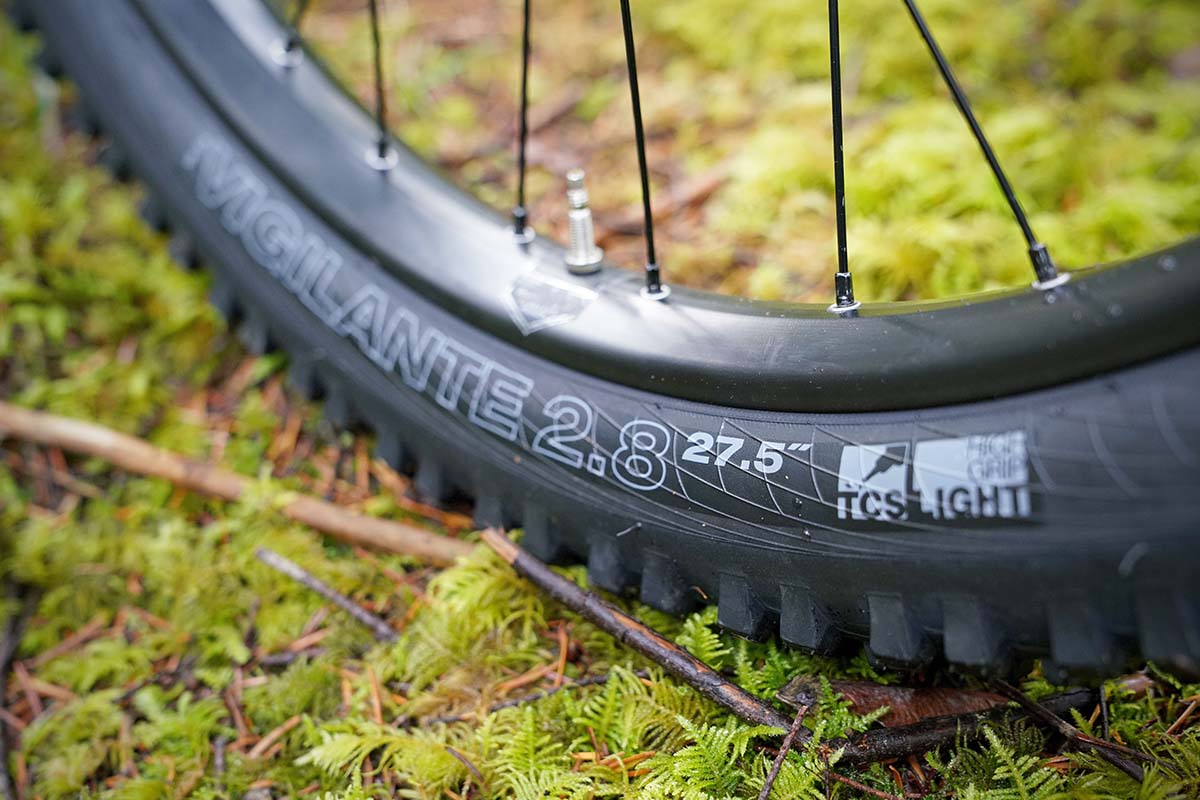
All too often, mountain bikers are lumped into one category (27.5 or 29) based solely on how tall they are. While this might be appropriate for exceptionally tall or short riders, it isn’t necessarily true for those of average height. You might hear or read online that if you’re under around 5’6”, you should stick to 27.5-inch wheels. And while this might have been the case when these wheel sizes were in their infancy, most people can now find well-fitting 29ers. Ibis Cycles’ Ripmo is a great example: one of the designers for the project was 5’1” and set out to make a 29er that fit her properly (a “small” Ripmo should fit riders 5’0” to 5’5”).
However, it all comes down to fit and feel. In general, 27.5-inch wheels tend to feel less cumbersome on the trail than 29ers for particularly short riders, while very tall riders will most likely prefer the ride characteristics of a 29er. In fact, we’ve known a number of 6-foot-plus riders who spent years on smaller wheel sizes. Once they took a spin on a 29er, they immediately commented on how natural it felt.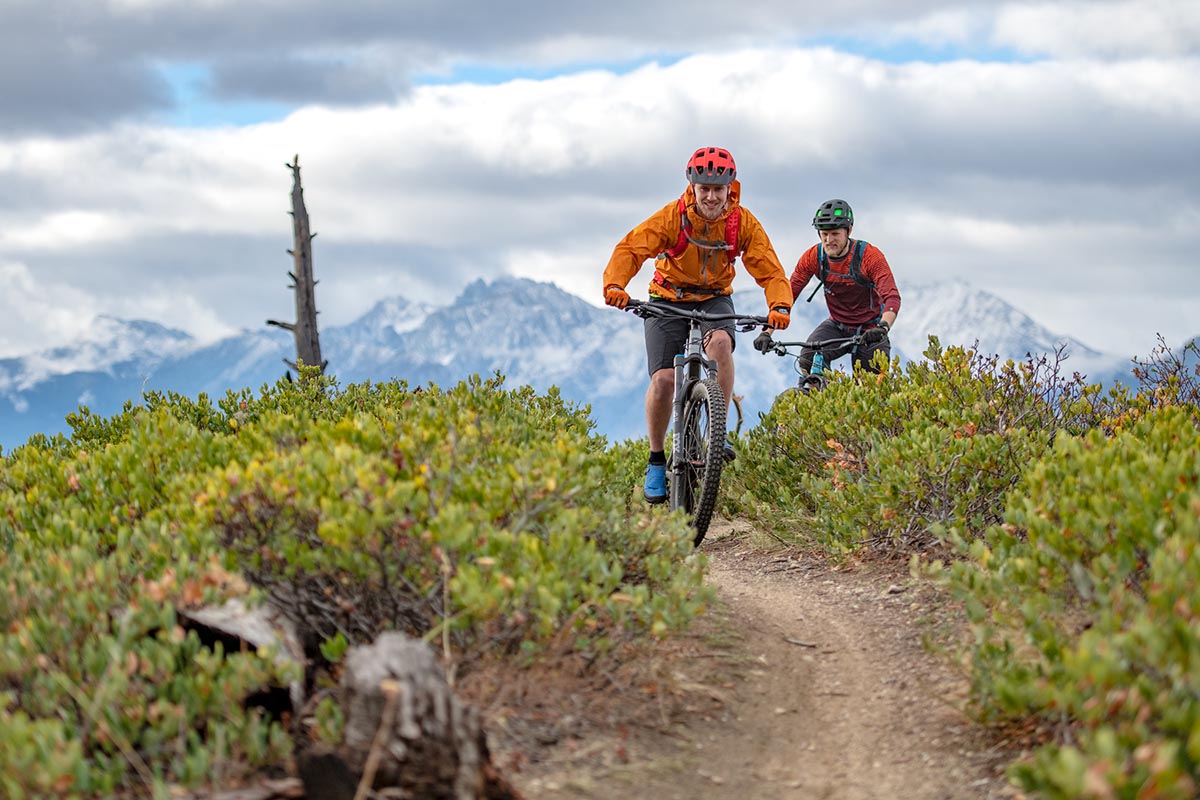
Which wheel size is best? Our conclusion is: It truly depends. In the end, there are so many variables to consider when purchasing a mountain bike. All else equal, if you’re tall and enjoy relatively straight singletrack with few hairpin turns, we’d wager you’ll be happy on a 29er. However, if you’re fairly short and enjoy tight and twisty trails, you might prefer 27.5-inch wheels. But don’t let your height be the determining factor—you might find that you favor the stability of a 29er regardless of how tall you are. Or, you might find that splitting the difference with a mullet bike gives you the best of both worlds. Fortunately, with so many great bikes on the market, it’s hard to go wrong. Ultimately, the decision should come down to your priorities and how you feel on the bike (we always recommend testing out as many as you can).